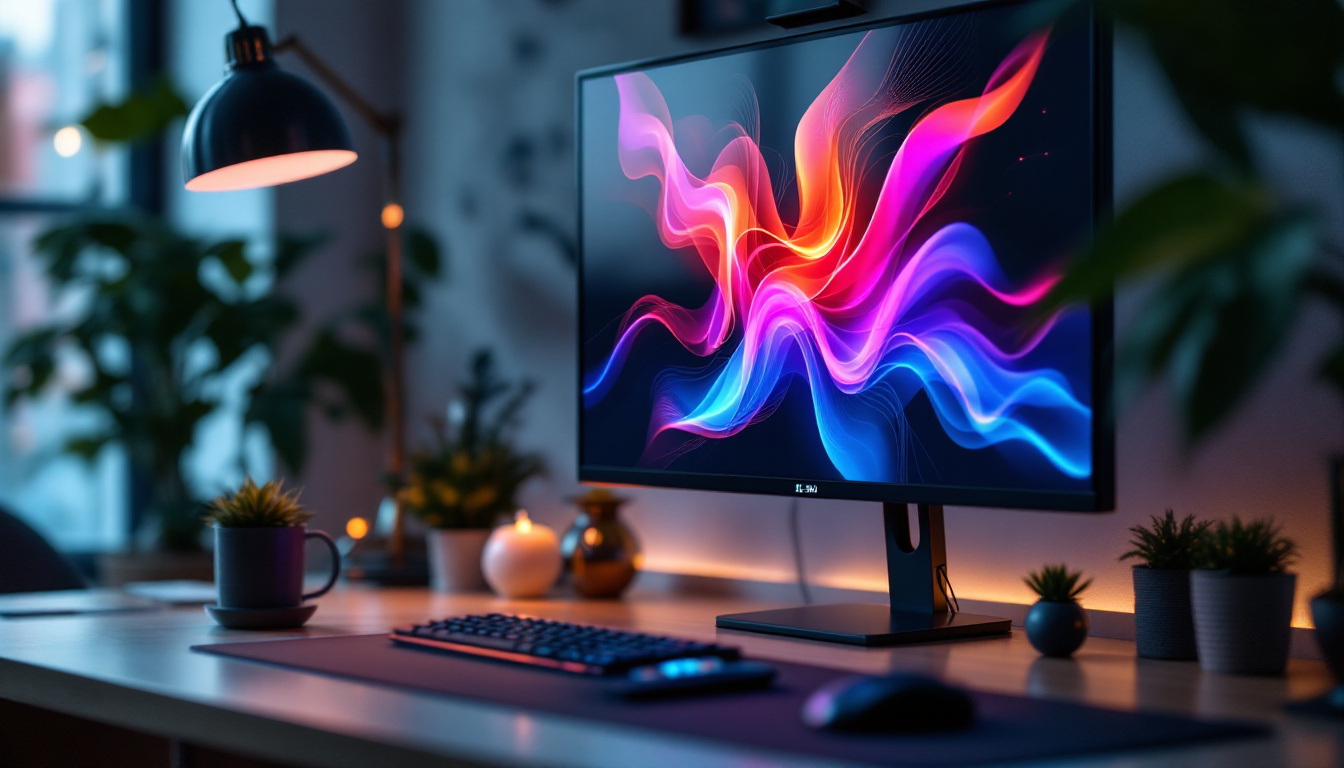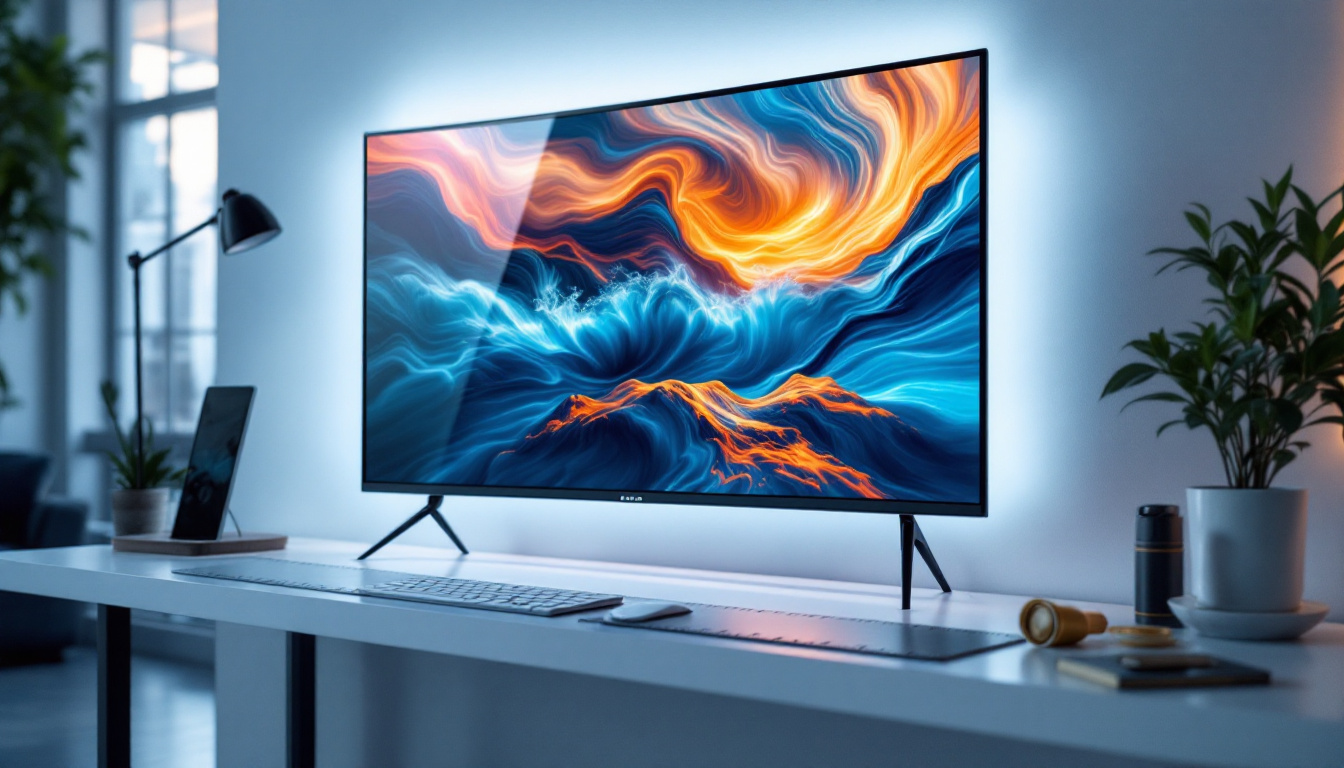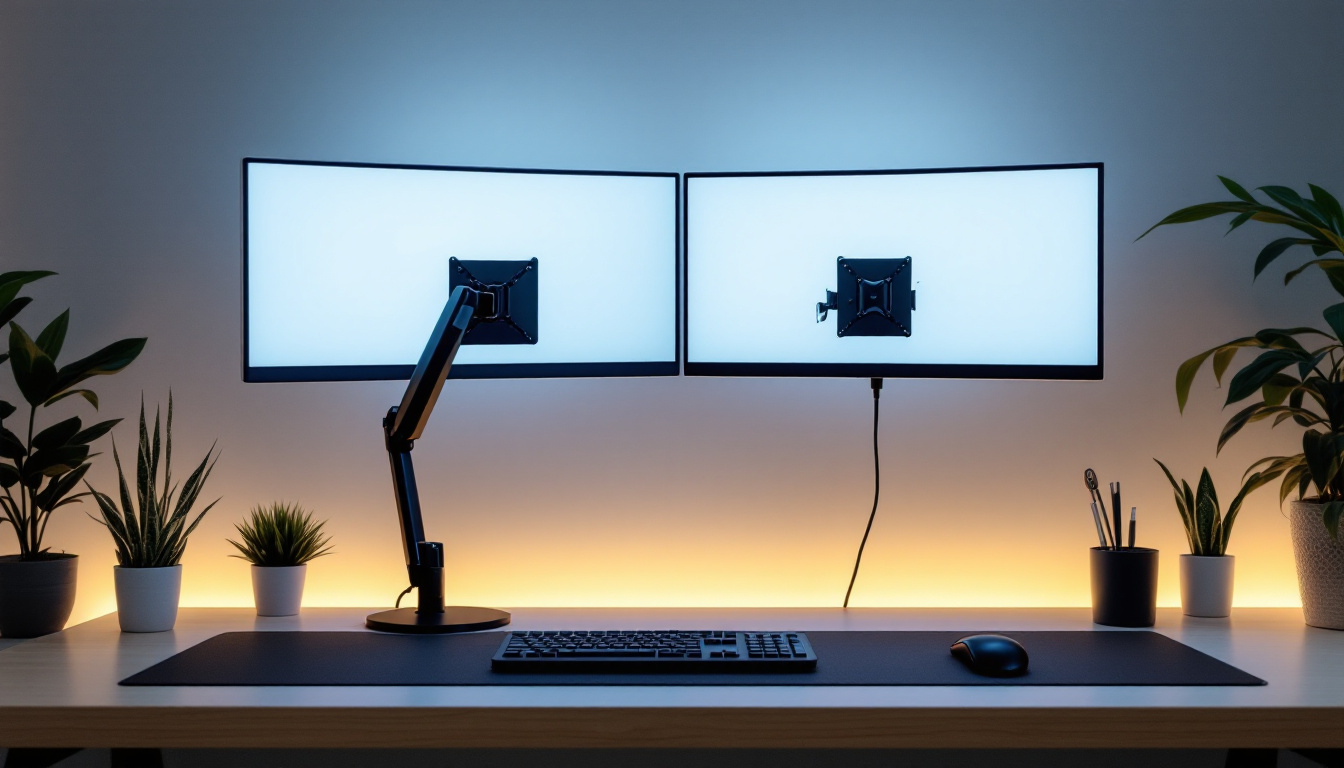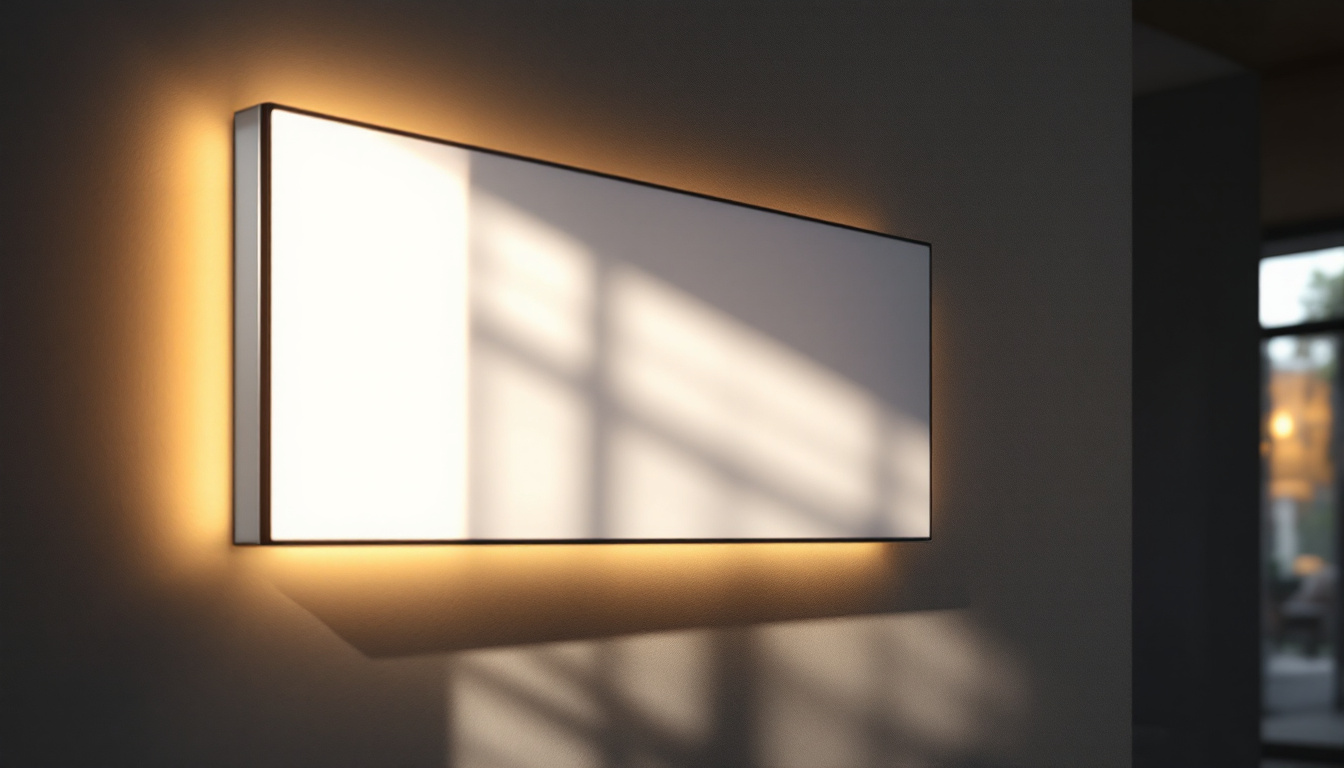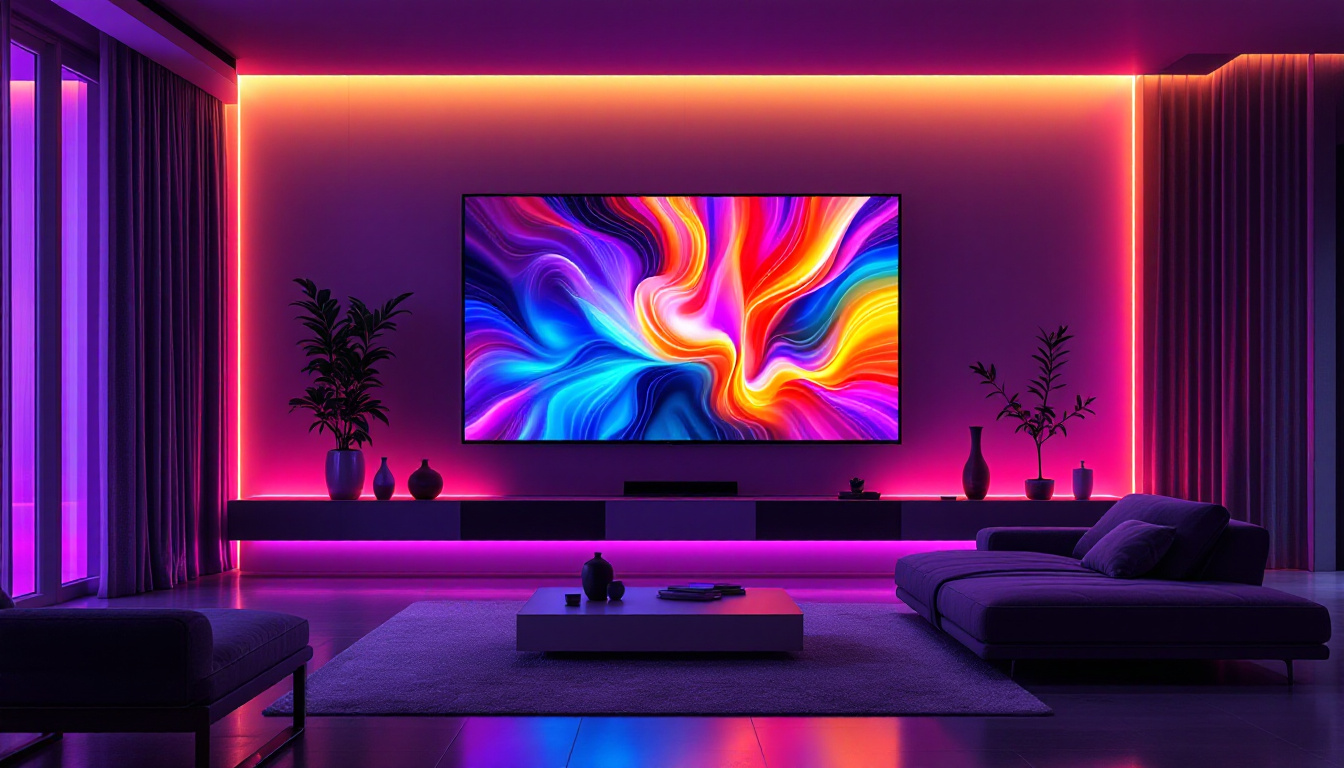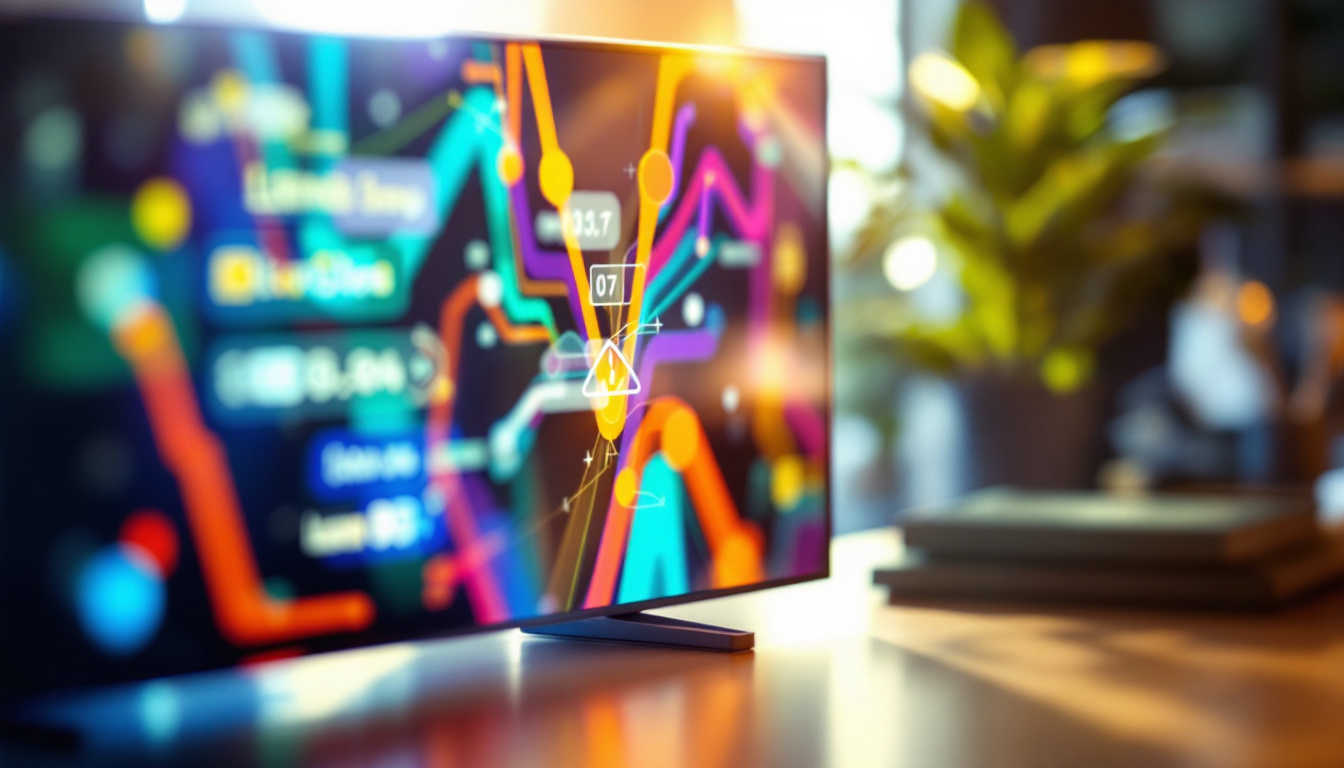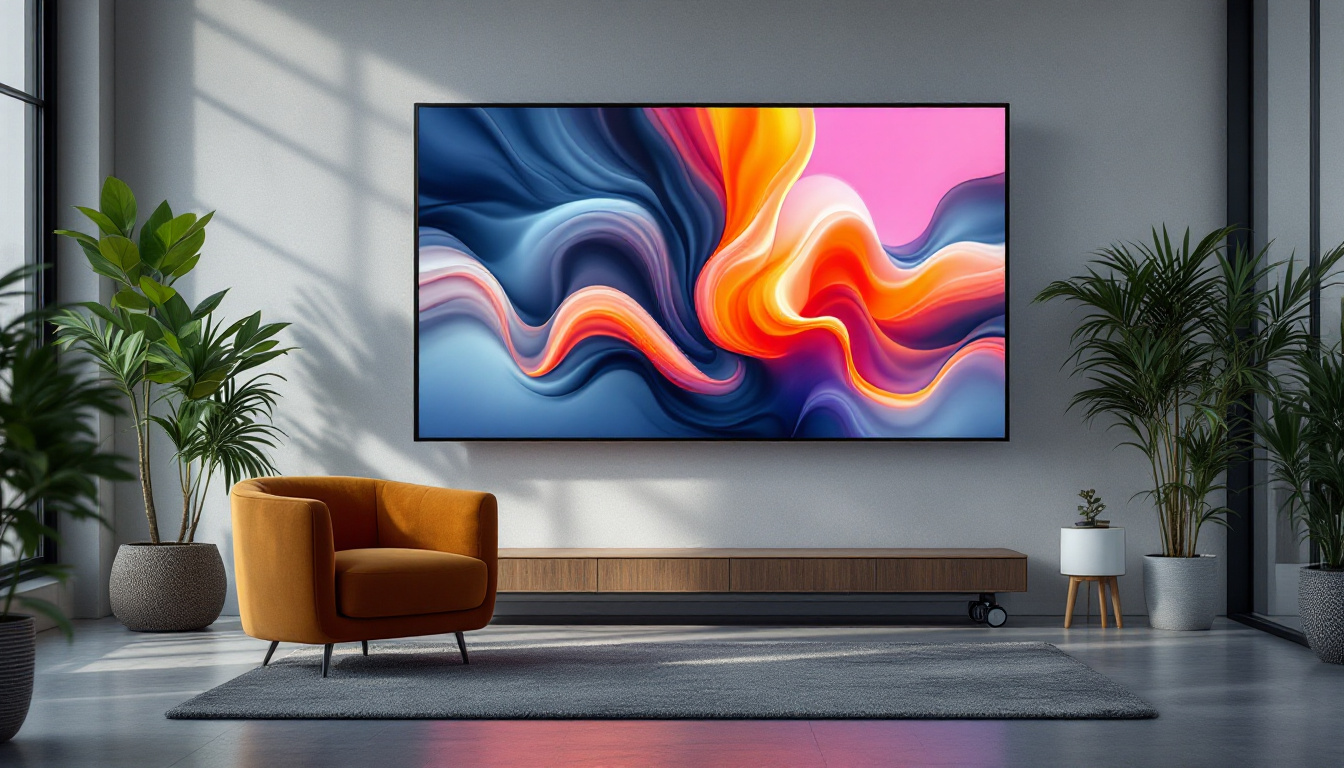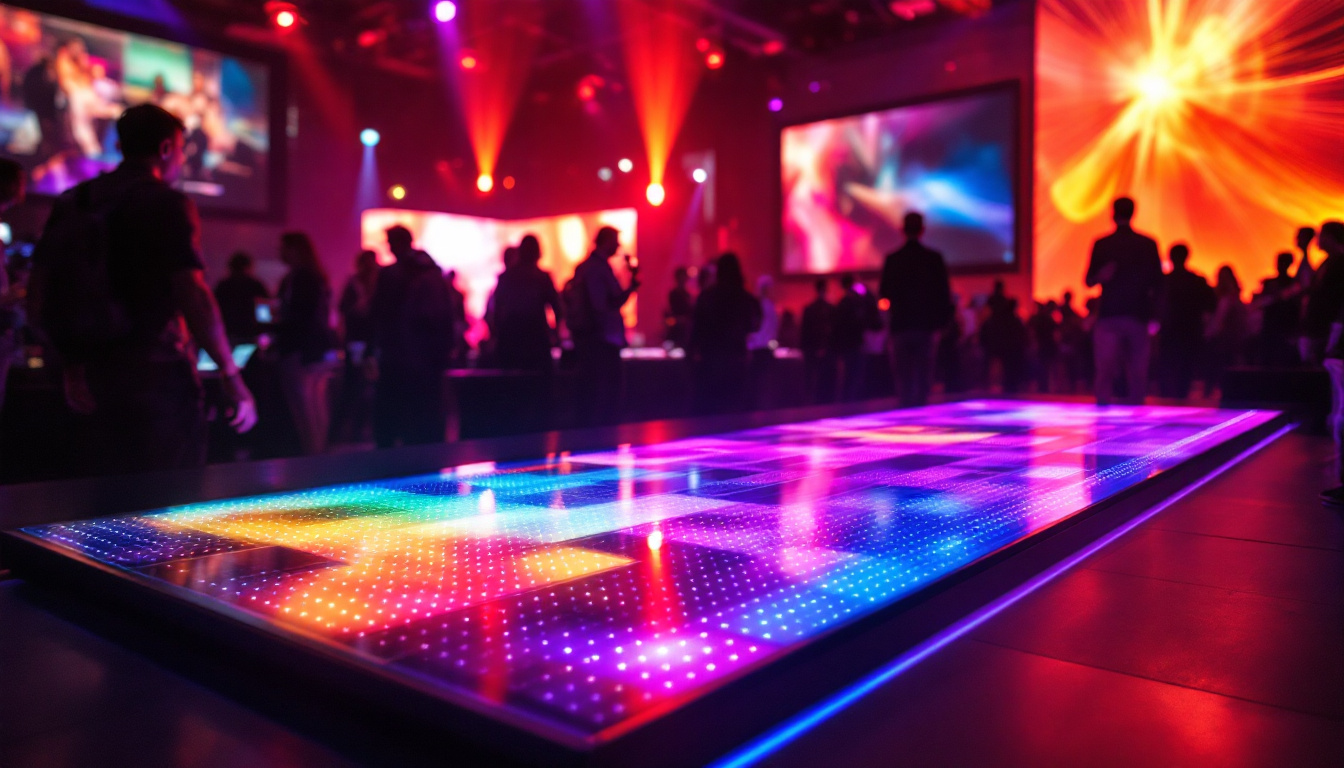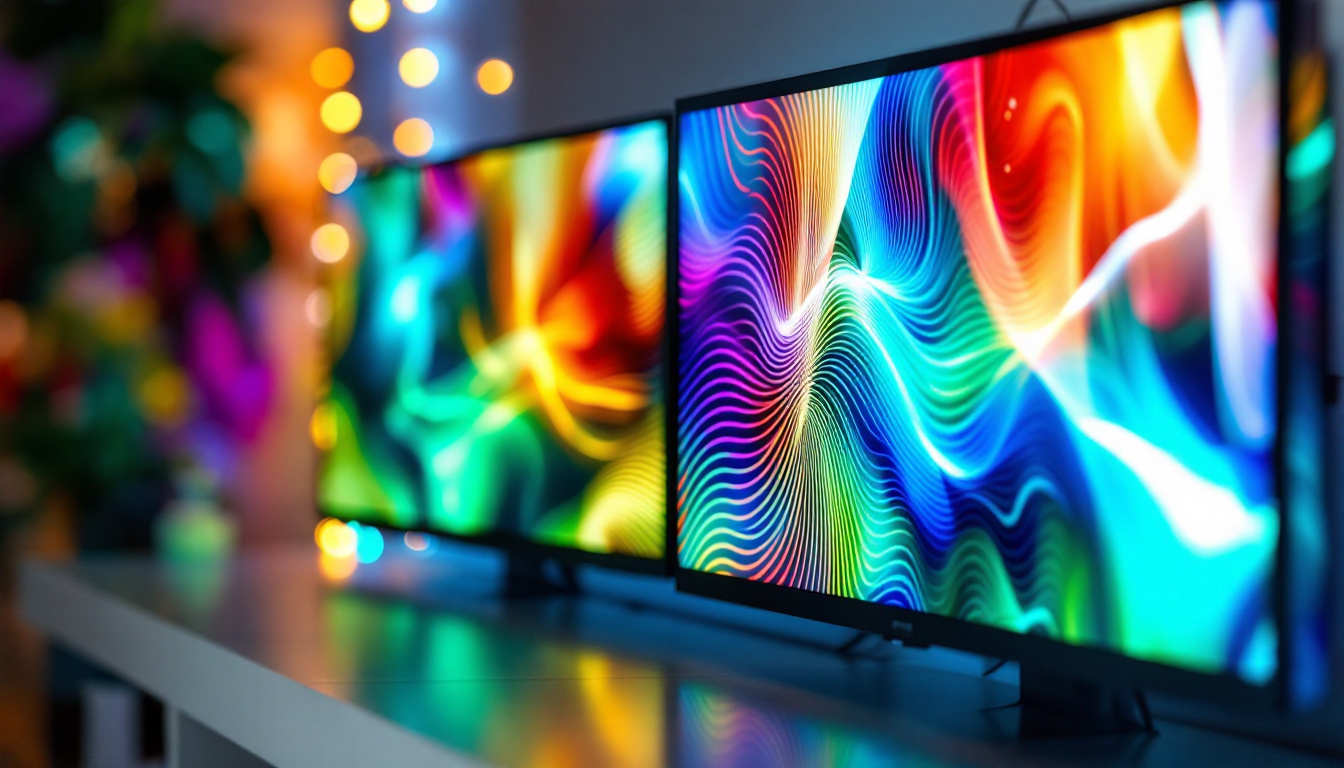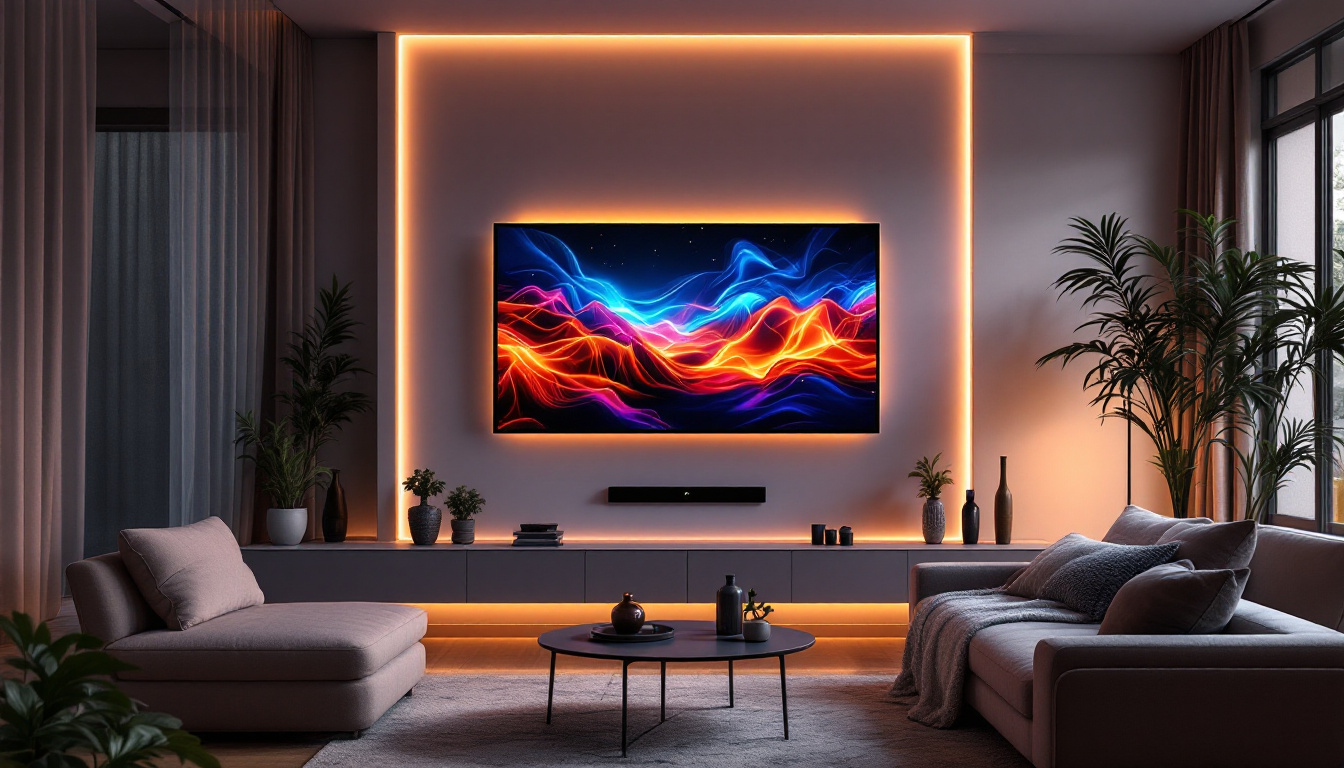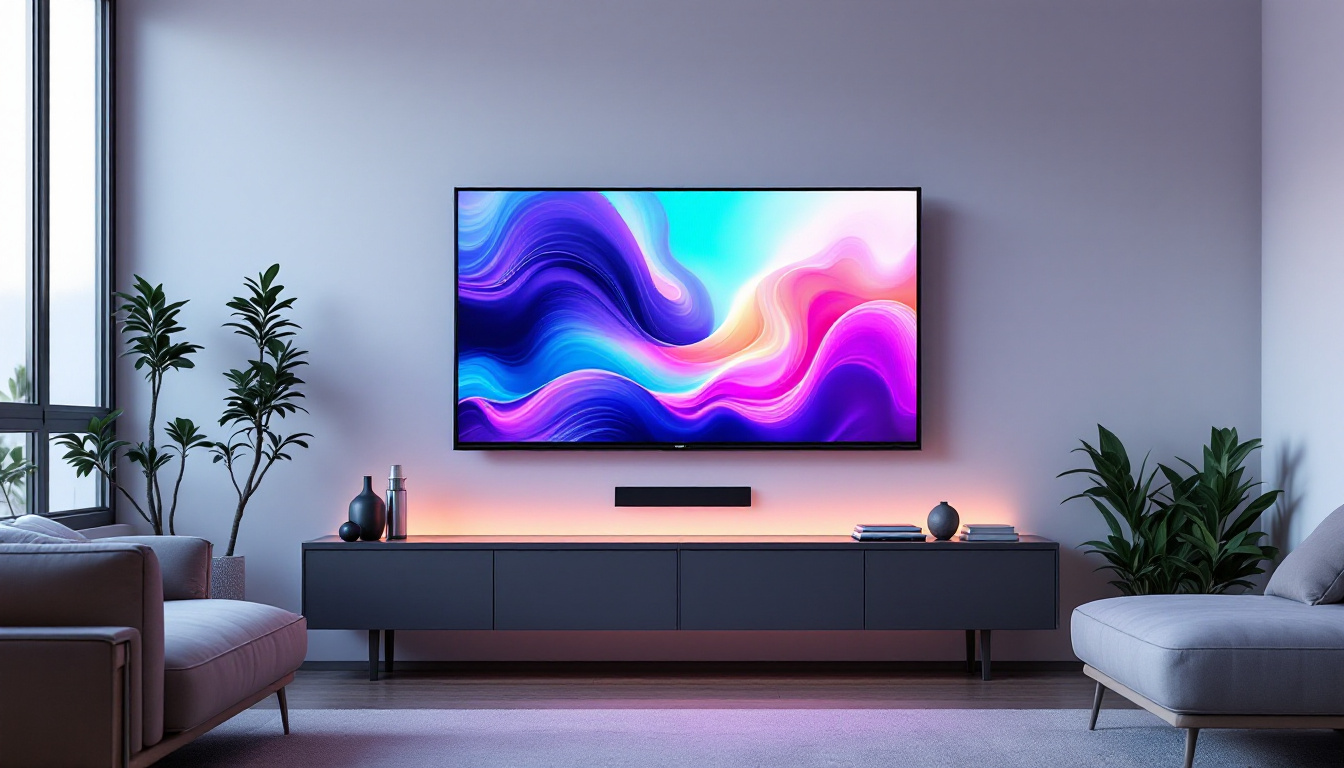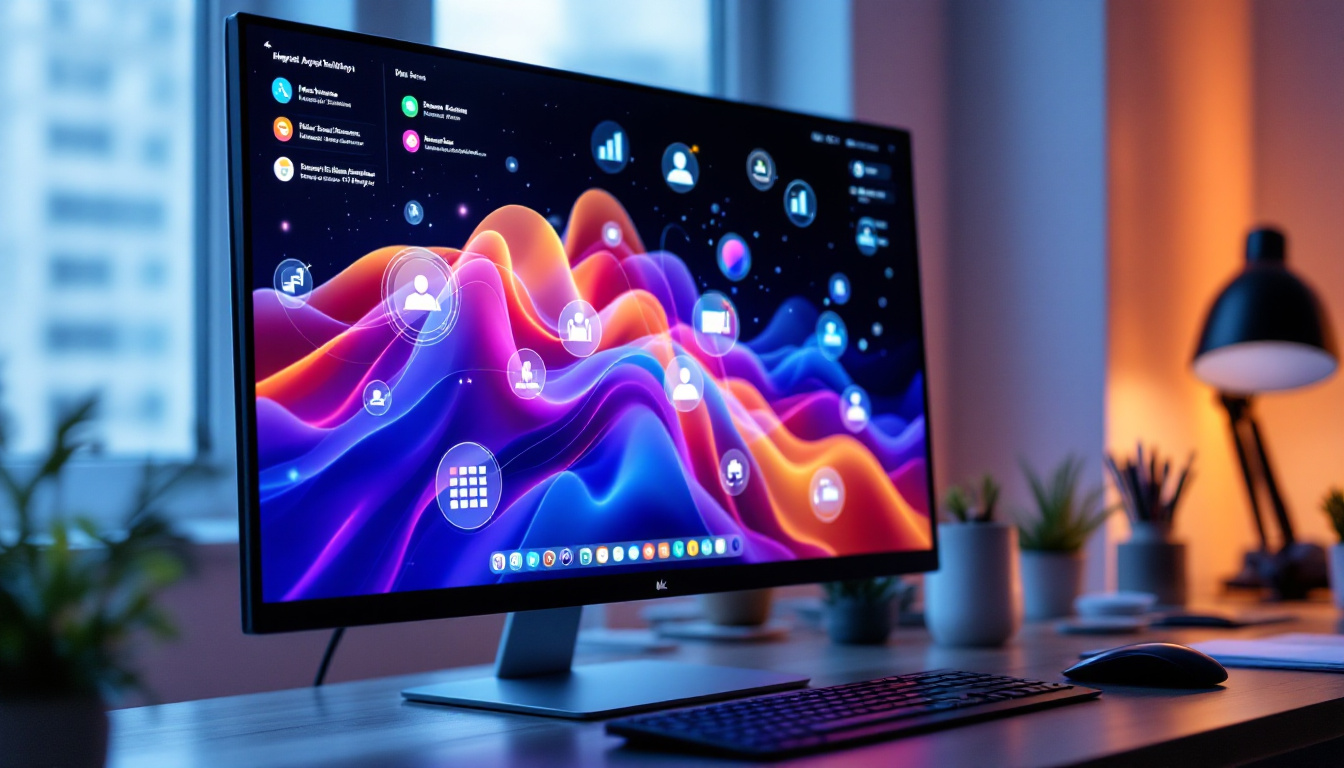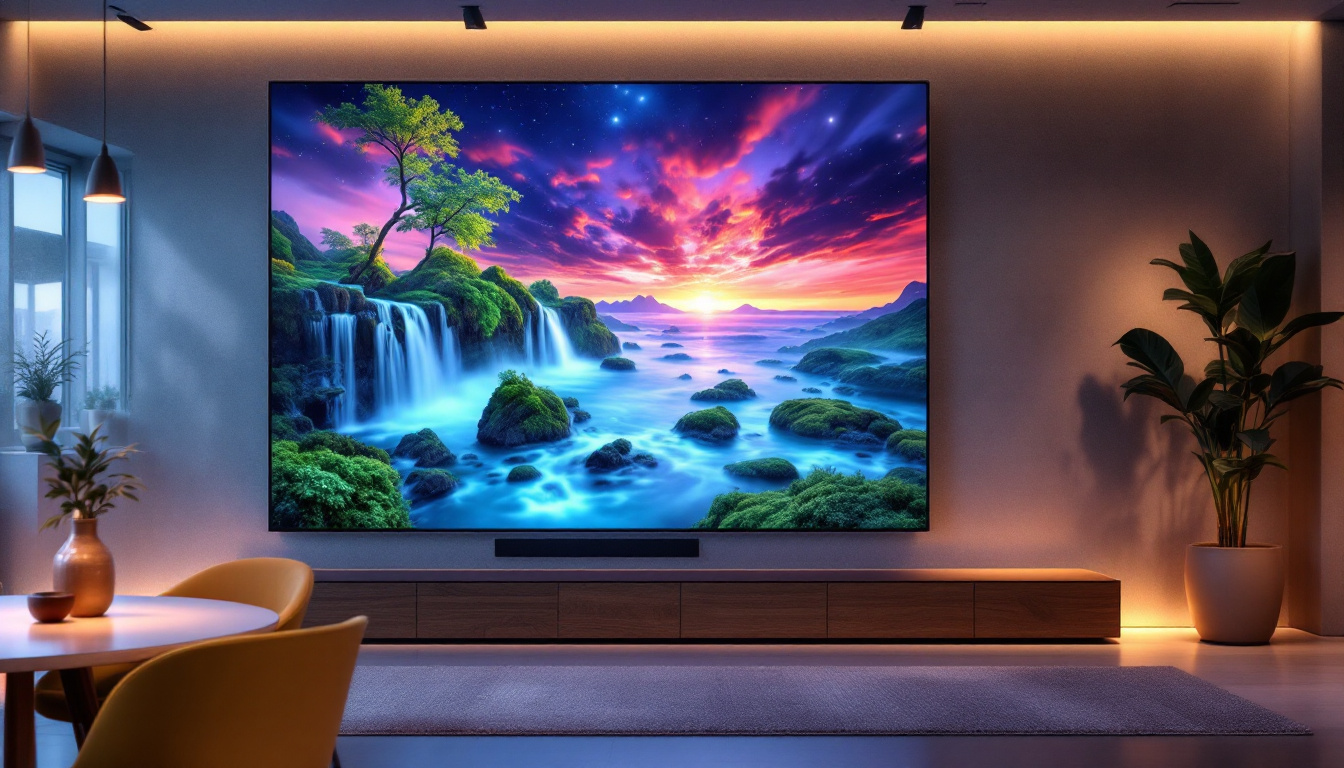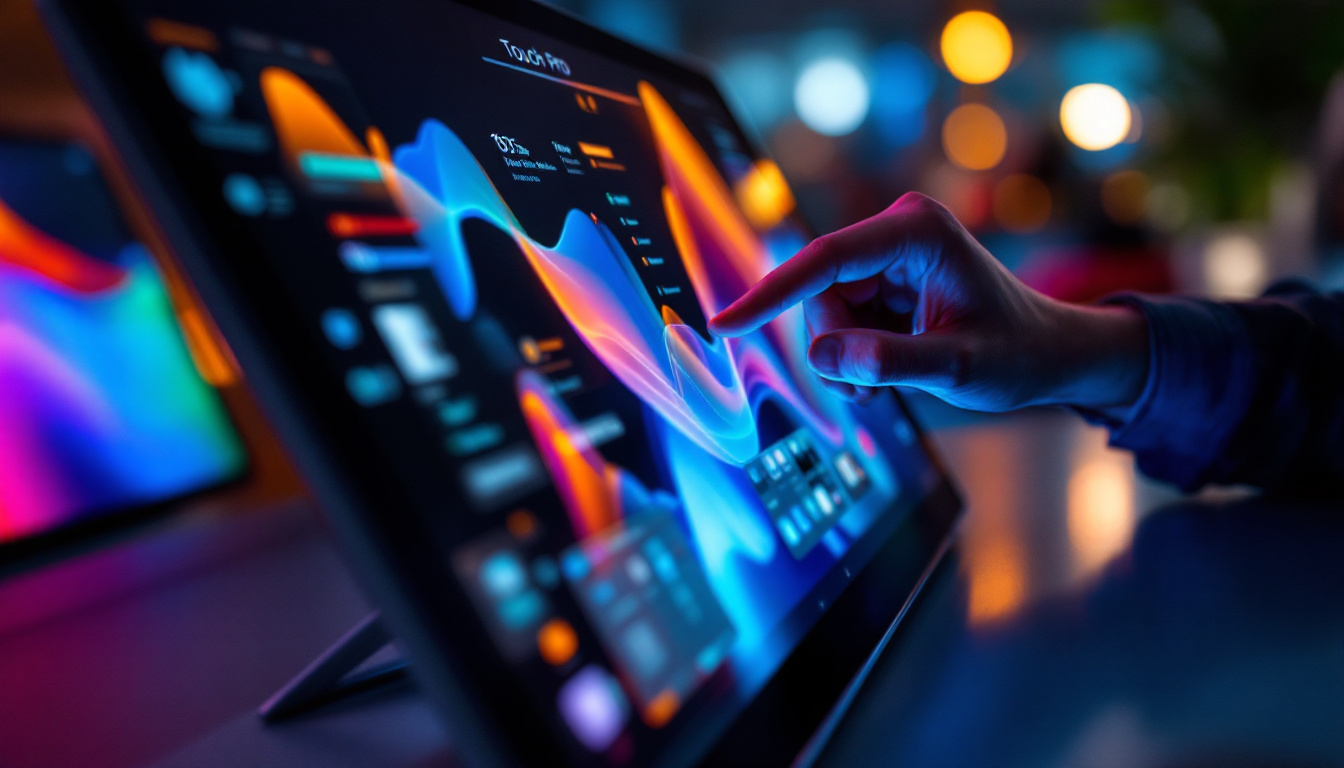In the ever-evolving world of technology, the display is a crucial component that significantly impacts user experience. Among the various types of displays available today, LCD (Liquid Crystal Display) and LED (Light Emitting Diode) screens are among the most popular. Understanding the intricacies of these technologies can help consumers make informed decisions when purchasing a computer screen. This article delves into the fundamentals of LCD screens, the role of LED backlighting, and the advantages of these technologies.
Understanding LCD Technology
LCD technology has revolutionized the way we view images and videos on screens. It employs liquid crystals sandwiched between two layers of glass or plastic, which manipulate light to produce images. This section will explore the basic components and functioning of LCD screens.
Components of an LCD Screen
An LCD screen consists of several key components that work together to create a clear image. The primary elements include:
- Liquid Crystals: These are the core of the display. They change orientation when an electric current is applied, allowing light to pass through or be blocked.
- Polarizers: Positioned on either side of the liquid crystal layer, polarizers filter light waves to ensure only certain orientations of light are allowed to pass through.
- Backlight: Since liquid crystals do not emit light on their own, a backlight is necessary to illuminate the display. This is where LED technology comes into play.
How LCD Screens Work
When a signal is sent to the screen, the liquid crystals align in such a way that they either allow light to pass through or block it. This manipulation of light creates the images visible on the screen. The backlight shines through the liquid crystals and polarizers, allowing users to see the content displayed. The combination of these elements results in vibrant colors and sharp images.
LCD screens can be further categorized into two types: Twisted Nematic (TN) and In-Plane Switching (IPS). TN panels are known for their fast response times and are often used in gaming monitors, while IPS panels offer better color accuracy and wider viewing angles, making them ideal for graphic design and professional use.
Another important aspect of LCD technology is its energy efficiency. Compared to older display technologies like cathode ray tubes (CRTs), LCDs consume significantly less power, which not only reduces electricity costs but also contributes to a smaller carbon footprint. This energy efficiency has played a crucial role in the widespread adoption of LCD screens in various devices, from smartphones to large television displays.
Moreover, advancements in LCD technology have led to the development of features such as high dynamic range (HDR) and 4K resolution, which enhance the viewing experience by providing deeper blacks, brighter whites, and a broader range of colors. These improvements have made LCD screens a popular choice for both casual viewers and professionals who demand high-quality visual performance for tasks such as video editing and gaming.
The Role of LED Backlighting
While LCD technology itself is impressive, the introduction of LED backlighting has significantly enhanced the performance and efficiency of LCD screens. This section will explain what LED backlighting is and how it improves the overall display quality.
What is LED Backlighting?
LED backlighting refers to the use of light-emitting diodes to illuminate the LCD screen from behind. Unlike traditional CCFL (Cold Cathode Fluorescent Lamp) backlighting, which is bulkier and less energy-efficient, LED technology offers several advantages.
LED backlighting can be implemented in two main ways: edge-lit and full-array. Edge-lit displays have LEDs positioned along the edges of the screen, while full-array displays feature a grid of LEDs behind the entire screen. Full-array backlighting allows for local dimming, which enhances contrast ratios and improves black levels.
Benefits of LED Backlighting
The integration of LED backlighting in LCD screens provides numerous benefits:
- Energy Efficiency: LED technology consumes significantly less power compared to traditional backlighting methods, leading to lower electricity bills and a smaller carbon footprint.
- Improved Brightness: LED backlighting can produce brighter images, making it easier to view content in well-lit environments.
- Enhanced Color Accuracy: The ability to control brightness at a granular level allows for more accurate color reproduction, resulting in a more vibrant and lifelike display.
Comparing LCD with Other Display Technologies
While LCD screens with LED backlighting are widely used, they are not the only display technology available. This section will compare LCD with other popular technologies, such as OLED and QLED, highlighting their strengths and weaknesses.
LCD vs. OLED
OLED (Organic Light Emitting Diode) technology has gained popularity in recent years due to its ability to produce deep blacks and vibrant colors. Unlike LCDs, OLED panels do not require a backlight, as each pixel emits its own light. This fundamental difference leads to several advantages and disadvantages:
- Contrast Ratio: OLED displays can achieve true blacks since individual pixels can be turned off completely, resulting in an infinite contrast ratio. In contrast, LCDs may struggle with black levels due to the backlight bleed.
- Viewing Angles: OLED screens offer superior viewing angles, as colors remain consistent even when viewed from the side. LCDs, particularly TN panels, can exhibit color distortion at extreme angles.
- Burn-In Risk: One drawback of OLED technology is the potential for burn-in, where static images can leave a permanent mark on the screen. LCDs do not face this issue, making them more suitable for varied content usage.
LCD vs. QLED
QLED (Quantum Dot Light Emitting Diode) is a technology developed by Samsung that enhances LCD displays by using quantum dots to improve color accuracy and brightness. Here’s how QLED compares to traditional LCD:
- Color Volume: QLED displays can produce a wider color gamut, resulting in more vibrant and accurate colors compared to standard LCDs.
- Brightness Levels: QLED screens can achieve higher brightness levels, making them ideal for viewing in bright rooms.
- Cost: QLED technology tends to be more expensive than traditional LCDs, which may be a consideration for budget-conscious consumers.
Choosing the Right LCD Screen
When selecting an LCD computer screen, several factors must be considered to ensure it meets specific needs and preferences. This section will provide guidance on what to look for when choosing an LCD display.
Screen Size and Resolution
Screen size and resolution are critical factors that influence the viewing experience. Larger screens provide more immersive experiences, while higher resolutions, such as 1080p, 1440p, or 4K, deliver sharper images. It’s essential to consider the intended use—whether for gaming, professional work, or casual browsing—when determining the appropriate size and resolution.
Refresh Rate and Response Time
The refresh rate, measured in hertz (Hz), indicates how many times the screen refreshes per second. A higher refresh rate, such as 144Hz or 240Hz, is particularly beneficial for gaming, as it results in smoother motion and reduced motion blur. Similarly, response time, measured in milliseconds (ms), is crucial for fast-paced activities. A lower response time minimizes ghosting effects, enhancing overall performance.
Connectivity Options
Modern LCD screens come with various connectivity options, including HDMI, DisplayPort, and USB-C. It’s essential to ensure that the chosen display is compatible with the devices it will be connected to. Additionally, built-in features such as USB hubs and audio outputs can enhance usability and convenience.
Maintaining Your LCD Screen
Proper maintenance of an LCD screen can prolong its lifespan and ensure optimal performance. This section will provide tips on how to care for and maintain an LCD display.
Cleaning Your Screen
Regular cleaning of the screen is essential to maintain clarity and prevent dust buildup. It is advisable to use a microfiber cloth and a solution specifically designed for electronics. Avoid using paper towels or abrasive materials, as they can scratch the screen surface.
Adjusting Brightness and Contrast
Adjusting the brightness and contrast settings can enhance the viewing experience and reduce eye strain. Most LCD screens come with preset modes for different activities, such as gaming or reading. Experimenting with these settings can help find the most comfortable configuration.
Future Trends in Display Technology
The display technology landscape is continually evolving, with advancements aimed at improving performance, efficiency, and user experience. This section will explore some of the trends shaping the future of LCD and display technology.
Mini-LED and Micro-LED Displays
Mini-LED and Micro-LED technologies are emerging as potential successors to traditional LCD and OLED displays. Mini-LED utilizes thousands of tiny LEDs for backlighting, allowing for better local dimming and improved contrast ratios. Micro-LED, on the other hand, consists of microscopic LEDs that can individually emit light, offering superior color accuracy and brightness without the risk of burn-in associated with OLED.
Flexible and Foldable Displays
Flexible and foldable displays are gaining traction, particularly in mobile devices. These technologies allow screens to bend and fold without compromising performance, paving the way for innovative designs in laptops, smartphones, and other devices. As manufacturers continue to explore these possibilities, the future of display technology looks promising.
Conclusion
LCD screens with LED backlighting have become a staple in the world of computer displays, offering a balance of performance, efficiency, and affordability. Understanding the technology behind these displays, along with their advantages and limitations, can empower consumers to make informed choices. As display technology continues to advance, staying informed about new developments will ensure users can enjoy the best viewing experiences possible.
Whether for gaming, professional work, or casual use, the right LCD screen can significantly enhance the overall computing experience. By considering factors such as screen size, resolution, refresh rate, and connectivity options, users can find a display that meets their specific needs and preferences. As technology progresses, the future of displays promises exciting innovations that will further enrich the way we interact with digital content.
Discover the Future of Visual Display with LumenMatrix
As you consider the vast possibilities of LCD screens with LED backlighting, take your visual experience to the next level with LumenMatrix. Our commitment to innovation in LED display technology ensures that you have access to the most advanced LED display modules available. From captivating Indoor LED Wall Displays to dynamic Outdoor LED Wall Displays, and from versatile Vehicle LED Displays to engaging LED Sports Displays, LumenMatrix offers a comprehensive range of solutions tailored to your needs. Embrace the future of display technology and check out LumenMatrix LED Display Solutions today to create unforgettable visual experiences and communicate your message with unparalleled impact.

